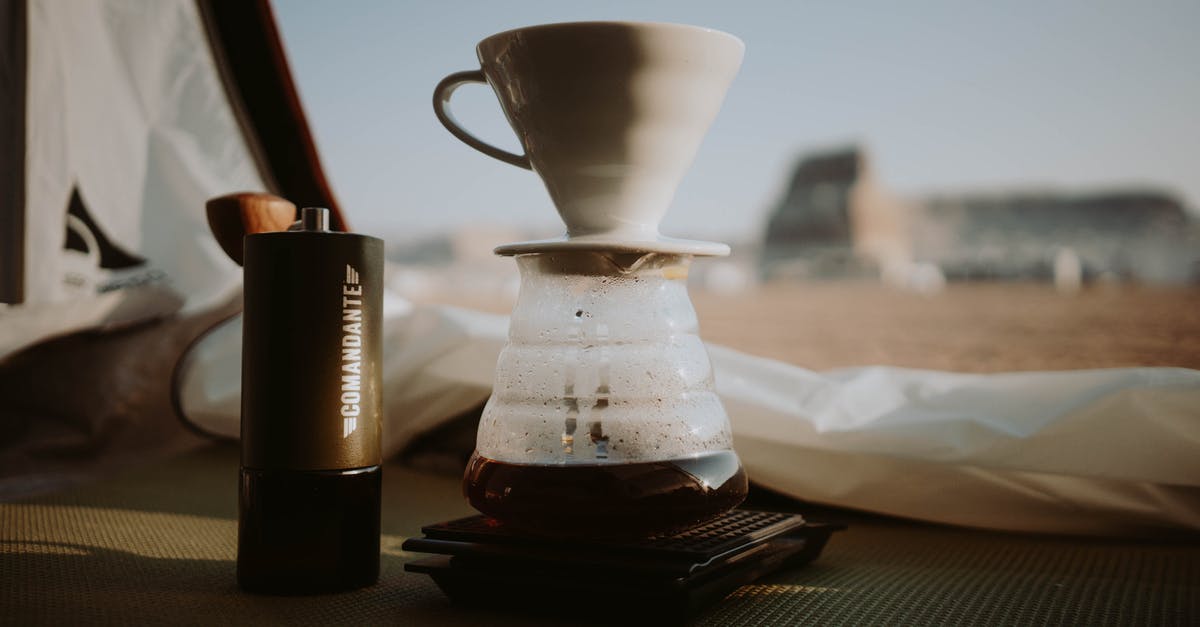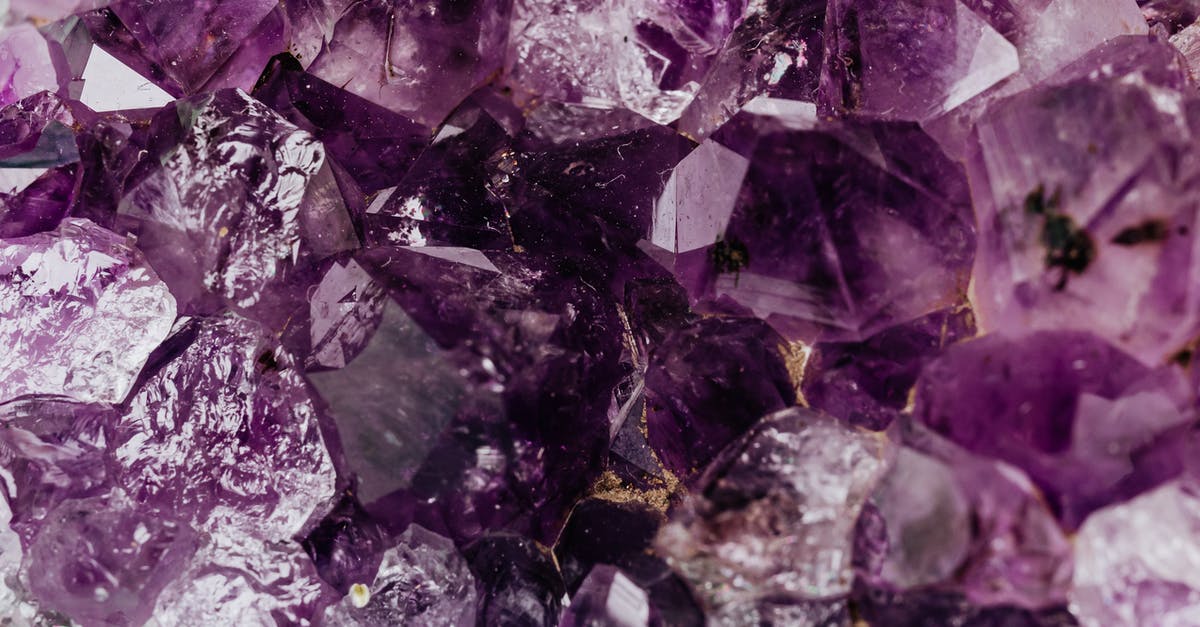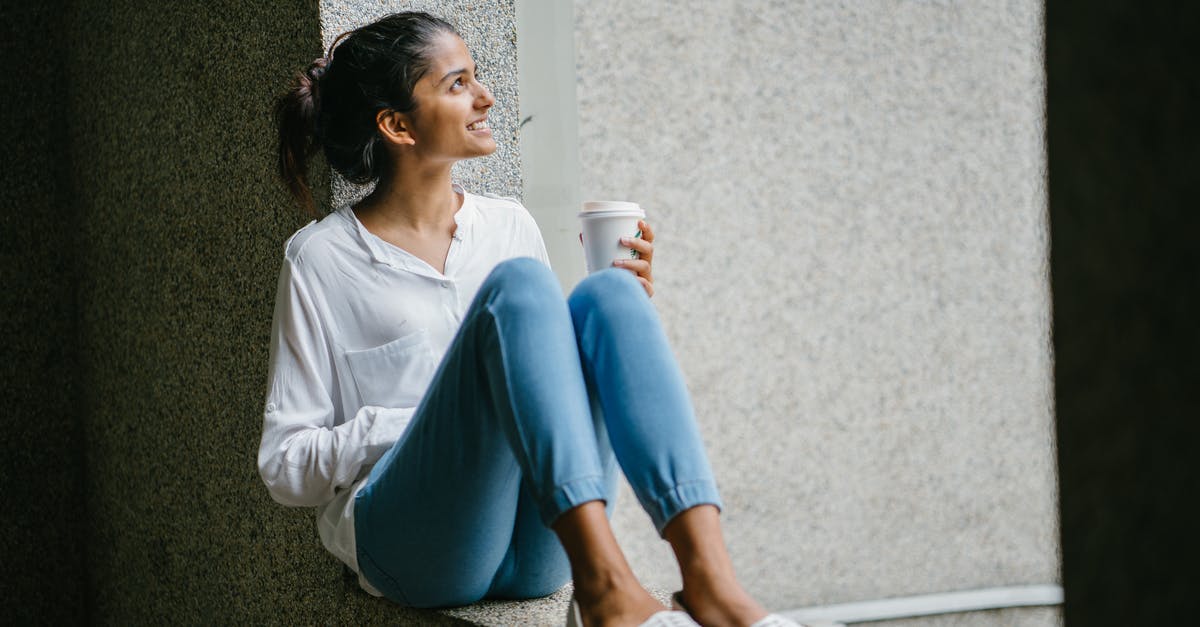How do I prepare arabic coffee in a stone Dallah?

I purchased a lovely stone Dallah from Jordan.
 .
.
The first and obvious question is: is it safe to prepare coffee in?
However, once that question is answered, the pot certainly looks functional. Therefore, using the resources of an Australian household, how do I prepare coffee in one of these strange pots from a different continent?
Best Answer
This is the result of experimentation with Daniele's answer and the resources of a normal Australian household.
Be prepared with a tea towel or other holding-item. Marble has a huge thermal inertia and insulation is a decadent western invention.
On the other hand electric kettles are awesome.
First: Wash everything thoroughly. I boiled a couple litres of water and poured them through the dallah. I then washed everything with soap and hot water, then rinsed with more boiling water. This told me two things: 1) The marble can handle boiling water. (Which was likely... but good to test), and 2) I wasn't going to be drinking any marble dust.
Then, from a good coffee shop that roasts their own beans, get very very very finely ground coffee. Their espresso blend is a good start. While single origin can be better, it requires fine-tuning to find the right single-origin for this taste, especially as...
Buy a satchet of cardamom. If you're going to do true Jordanian coffee (instead of Saudi or Turkish) it's a function of which spice you combine. I've heard of cinnamon and saffron also being acceptable, but the "everyday" spice is cardamom. This is where single-origin will get you if you choose a bean that isn't compatible.
Now here is where I cheated. I've got an electric stovetop (boo, hiss... rental apartment. I kind of have to deal with it unless I want to ask a colleague for a bunsen burner.) I also own an electric kettle. I boiled water in the kettle, then measured 250 mils into the dallah, which I placed on a "hob" on my electric stove. I then turned the stove to medium.
After about 5 minutes of watching, the marble was very warm, but the water never boiled. Technically, this is a good thing. I then added 2 heaping "standard" scoopfuls (about 20 grams, the scoop that comes with a bodium french press) of coffee mixed with about half a scoop of cardamom. I let that sit on the stove for 4 minutes, stirring the coffee every minute until the crema recombined.
Pour (holding it with a tea-towel) gently into the marble tinytiny cups.
I have to take mine with a few dollops of condensed milk because my word this coffee is strong. Good, but strong.
Pictures about "How do I prepare arabic coffee in a stone Dallah?"



How do you make Arabic coffee in dallah?
DirectionsHow do you make Arabic coffee step by step?
Guided steps:How do you make Arabica coffee grounds?
A dallah (Arabic: \u062f\u0644\u0629) is a traditional Arabic coffee pot used for centuries to brew and serve Qahwa (gahwa), an Arabic coffee or Gulf coffee made through a multi-step ritual, and Khaleeji, a spicy, bitter coffee traditionally served during feasts like Eid al-Fitr.The SECRET to GOOD Arabic Coffee
More answers regarding how do I prepare arabic coffee in a stone Dallah?
Answer 2
Taken from Making Coffee the Arabic Way, in a Dallah:
Before you start making Coffee, you need to decide how strong (or weak) you like it to taste. Below is an indication of how to gauge this when making any of our Coffees:
- 1/2 tablespoon per 250ml cup = Weak Flavoured Coffee
- 1 heaped tablespoon per 250ml cup = Medium Flavoured Coffee
- 2 heaped tablespoons per 250ml cup = Strong Flavoured Coffee.
Once you have the quantities sussed, it's on with the making. In using a Dallah with our Coffees, we recommended the following preparation method:
Fill the Dallah with the amount of water you want and place it on a medium heat on a hob Once the water boils remove the Dallah from the flame and allow it to cool for just 30 seconds Next add the desired amount of Coffee to the water in the Dallah and stir well Place the Dallah back on the hob (but on a low heat) for about 2 minutes and, carefully, occasionally stir. Only allow the Coffee to simmer gently. If it threatens to boil just remove the Dallah from the heat (Do not allow it to boil over as this will burn the Coffee) After the 2 minutes has passed and the Coffee has reached a simmer, turn off the heat and serve.
Going to your first question, is it safe to prepare coffee in: first of all, if they provide it with small cups, then I bet it can be used to make coffee and drink it. Trying to be more scientific, at maximum power the kitchen fires reach more or less 1500°C. You should try to understand which kind of stone is your dallah, and then look at its melting point. It should be more than 800°C.
But in my personal opinion if you put it on a very low fire (i.e. much less than 1500°C) it will survive (this is only my opinion, I'm not sure!).
Sources: Stack Exchange - This article follows the attribution requirements of Stack Exchange and is licensed under CC BY-SA 3.0.
Images: Dziana Hasanbekava, Karolina Grabowska, mentatdgt, Andrea Piacquadio
